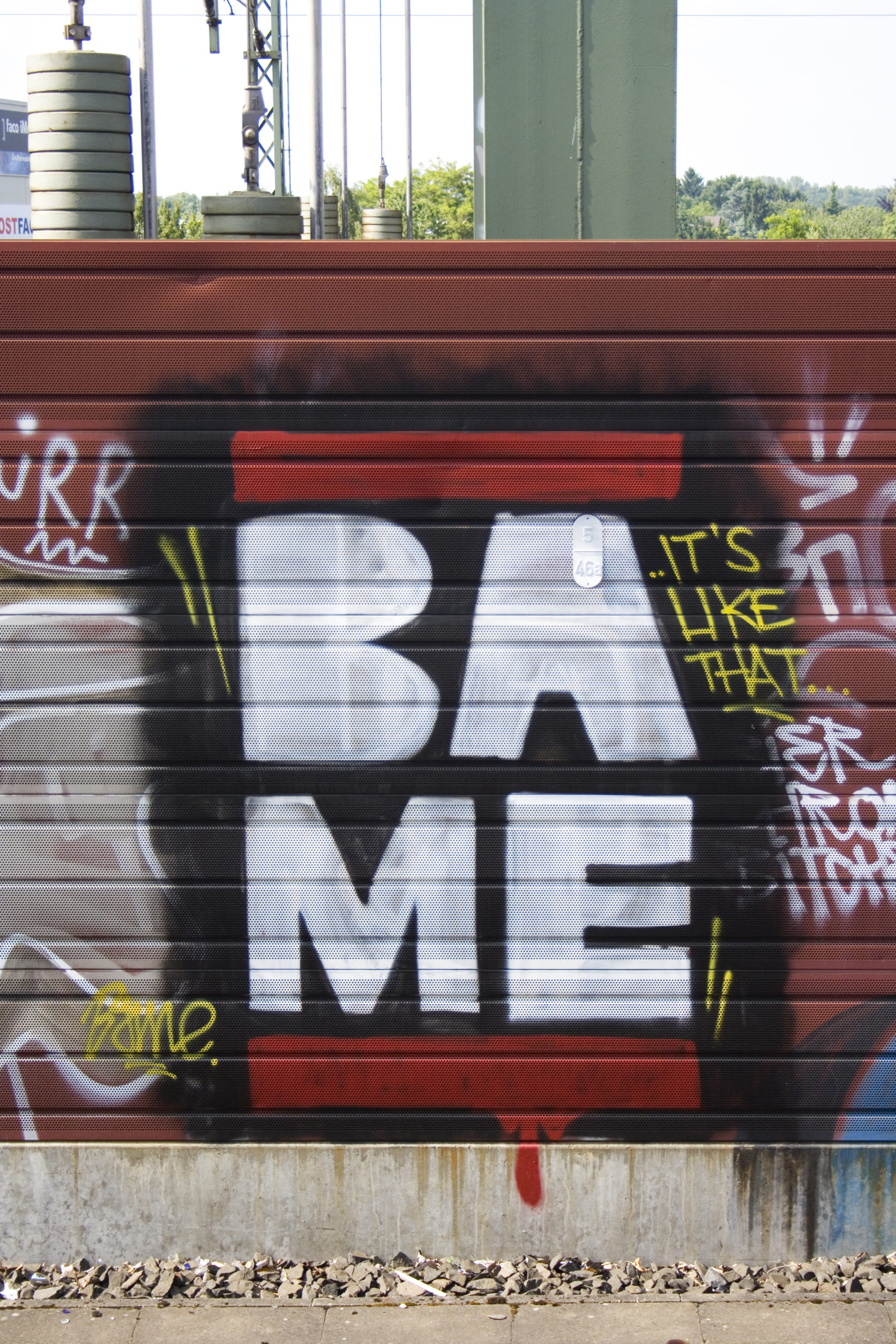The Trouble with BAME

Dr Paul Bagguley is a Reader in the School of Sociology and Social Policy at the University of Leeds
The Covid 19 crisis and its impact on ethnic minorities in the UK has brought to the surface the frequency of the use of the acronym BAME (often pronounced ‘baymee’). It seems to have become ubiquitous in the media and within organisations in recent months. There is a long and inglorious history in the UK of shorthand acronyms to refer to visible minorities. Given that, it is all the more sad and surprising that this issue has resurfaced. BAME is now the dominant discourse of racialisation in the media and public institutions in the UK. Sociology and the social sciences are not immune from this with publications, conferences and events routinely sliding into BAME discourse in recent years. This is despite the BBC questioning BAME. And as long ago as 2015 in The Guardian.
Looking at any institutional or media website BAME is the dominant acronym for talking about issues of racial inequality and racism. Part of a wider polite discourse of race and racism in the present context of the racially unequal effects of the COVID-19 pandemic and the debates provoked by the Black Lives Matter movement. During this period it has definitively been transformed from an acronym to a word in taken for granted everyday discourse. This signifies it has become an acceptable way of racializing certain minorities in the UK.
But to who or what does BAME refer? Is it Black and Asian Minority Ethnic? Is it Black and Minority Ethnic. Nobody seems to know for sure, but one thing which seems certain from how it is used it is not referring to White people. At least that is what The Sun tells us.
Tariq Modood recently commented on the BSA’s Race and Ethnicity study group discussion list that: ‘during research we carried out with nearly 300 people across the UK, we found that only a couple recognised the acronyms and only one knew vaguely what they actually stood for!' so no one identifies as BAME, rather they identify as something more specific often hyphenated with British. BAME perpetuates the myth that the default identity is White, and that anything else deviates from this norm.
So BAME reflects the typical White homogenisation of ethnic minorities in general, and through the use of the Black and Asian categories in particular. It overlooks other oppressed ethnic and racialised minorities in the UK from Eastern Europe, Roma and Gypsy groups. Furthermore, it overlooks anti-semitism and Islamophobia, for example, as specific forms of racism and sources of ethnic inequalities. It also reflects a Eurocentric perspective. Try going outside Europe and talking about ‘Asian’ and they will think you are referring to people of Chinese, Korean, Japanese or Vietnamese origin rather than people from the Indian sub-continent. In a similar fashion BAME seems to reflect a peculiarly British way of thinking and talking about question of ethnic identity and racism. It reflects the legacies of British colonialism rather than current realities of migration and settlement in the UK of peoples form all over the world. From this it is apparent that BAME refers to people of colour rather than White ethnic minorities. It is a White way of thinking to homogenise the ‘other’.
Partly this a problem of categorical rather than reflexive ways of thinking. Perhaps most troubling is not the dominance of BAME thinking in the media, but its ubiquity in the documents and discourse of ‘Equality and Diversity’ in various institutions. Here is just one local example:
‘1. The Faculty will deliver annual workshops/information sessions targeting respectively UG and PGT female students, UG and PGT disabled students, UG and PGT Home BAME students.
2. The Faculty will, depending on our financial position, provide up to three scholarships reserved for BAME PGR students each year for five years, covering full fees and maintenance at Home UKRI rates.
3. The Faculty will provide a mentoring programme and access to training opportunities for BAME students recruited to these scholarships.’ (EDI vision for the Faculty of Social Sciences, University of Leeds, November 2020)
Now if you think that BAME is some construct of government statisticians that is imposed on people, then think again. Try the following from the UK government’s Race Disparity unit:
‘We do not use Black, Asian and minority ethnic (BAME) or Black and minority ethnic (BME) because: the UK’s ethnic minorities include White minorities they highlight some groups and not others – for example, Black and Asian people are included but not people of a Mixed ethnicity in user research, the acronyms BAME and BME were not well understood by our audience. Similarly, we do not use ‘people of colour’ as it does not include White minorities’.
And a leading civil servant on BAME: ‘Personally, I have never referred to my ethnicity using BAME or BME, and I don’t like it when they are used to describe me. Like many ethnic minorities, I proudly refer to my specific ethnic identity – my background is Indian’.
So what should you say or write? Firstly, it should recognise self-definition as well as the fluidity of ethnic and racialised identities over time and in different contexts. They should not be imposed by a dominant racial discourse. Secondly, please refer to ‘ethnic minorities’ as this includes White ethnic minorities, such as recent migrants from Eastern Europe. Thirdly avoid saying ‘non-White’, and refer to ‘ethnicity’ rather than ‘race’ which is a social construct of scientific racism. Finally use capital letters for the preferred names of ethnic groups. These identities often shift rapidly in times of crisis. How we talk about these issues matters, and varies according to context.
